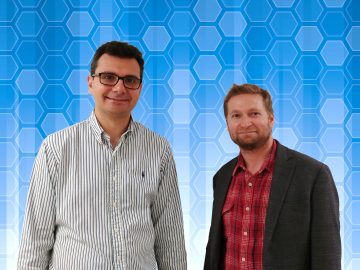Filter News
Area of Research
- Advanced Manufacturing (4)
- Biological Systems (4)
- Biology and Soft Matter (1)
- Building Technologies (1)
- Chemistry and Physics at Interfaces (1)
- Clean Energy (24)
- Climate and Environmental Systems (1)
- Computational Biology (1)
- Energy Frontier Research Centers (2)
- Fossil Energy (1)
- Functional Materials for Energy (3)
- Geographic Information Science and Technology (1)
- Materials (33)
- Materials for Computing (1)
- Materials Synthesis from Atoms to Systems (3)
- Materials Under Extremes (1)
- Neutron Science (11)
- Nuclear Science and Technology (7)
- Nuclear Systems Technology (1)
- Sensors and Controls (1)
- Supercomputing (12)
News Type
Date
Media Contacts


Geospatial scientists at Oak Ridge National Laboratory have developed a novel method to quickly gather building structure datasets that support emergency response teams assessing properties damaged by Hurricanes Harvey and Irma. By coupling deep learning with high-performance comp...
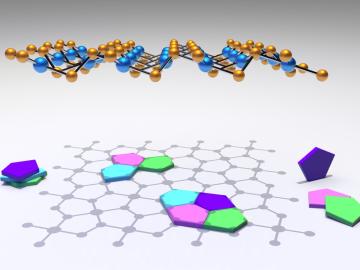
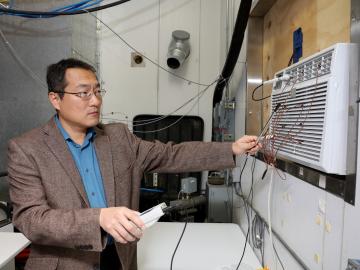
Cooling homes and small office spaces could become less costly and more efficient with new early stage technology developed by Oak Ridge National Laboratory. Researchers designed a window air conditioning unit that uses propane as the refrigerant, cooling the air with 17 percent h...
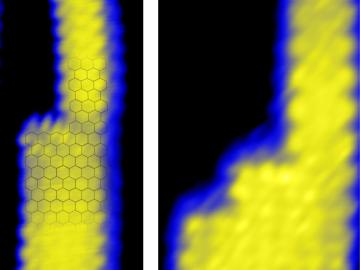


Two researchers from the Department of Energy’s Oak Ridge National Laboratory have been elected fellows of the American Nuclear Society (ANS), a professional society that promotes the advancement and awareness of nuclear science and technology. Guillermo Daniel (...
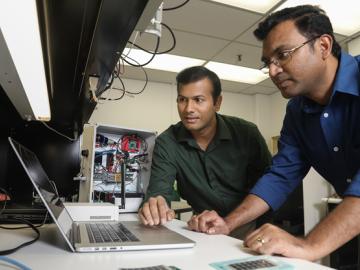
Researchers at the Department of Energy’s Oak Ridge National Laboratory are partnering with the city of Oak Ridge to develop UrbanSense, a comprehensive sensor network and real-time visualization platform that helps cities evaluate trends in urban

